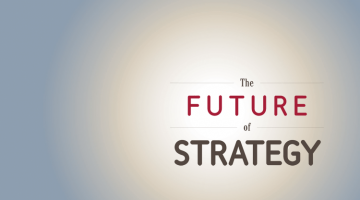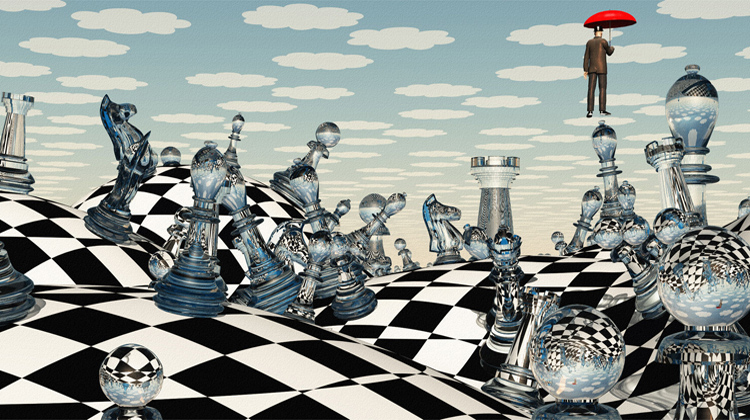“Why don’t you play chess?” a colleague asked during a dinner a few years ago, “I thought all strategists play chess, so why don’t you?” Everyone at the table fell silent. My answer would imply either defiance of an accepted standard or that I simply wasn’t a real strategist. Unbeknownst to him, my colleague inspired me to more deeply contemplate similarities of the past and what’s different about strategy today.
Years ago, my colleague would have had a point. Up to the 1980s, strategy was indeed somewhat like playing chess: a set diagram, with set pieces, and a narrow set of allowed moves. Chess and strategy were about thinking several moves ahead and anticipating competitor moves. Both were analytical in nature, evaluating different options against each other and drawing on what happened in the past. That IBM’s computer Watson was able to beat Bobby Fisher, the world’s best chess player, is evidence of the logic of strategy. Good strategists were like Watson’s equivalent for businesses, able to help define and evaluate the different options open to companies so that they could be decided on with confidence.
Today, strategy is very different. Imagine playing chess on a board that expands and contracts. Imagine not knowing where it will grow or shrink or whether it will grow with squares, circles, or triangles. Imagine that the pieces also change: You can split pieces into new pieces, merge pieces, new pieces come on the board, and some pieces become obsolete. On top of that, many more new moves are allowed—rooks start jumping, and knights can run across the board. Some parts of the board even vanish.
An overload of new opportunities pop up to move your morphing stable of pieces in new and attractive ways and, to top it all off, more, and often unexpected, players start playing on your board, and you can start playing on other boards if you want. A game like this can become chaotic and reactive. But this is the state of strategy of today.
Strategy has become about more than simply analyzing and anticipating predefined moves and thinking several steps ahead. Today, strategy involves anticipating and identifying where interesting opportunities will arise for creating strategic advantage; where new rules can work to a company’s advantage; where the playing field might expand or contract; how new elements can help create or defend strategic advantage; where new threats might come from; and figuring out when once-promising game plans have to be abandoned.
Analytics won’t solve today’s strategic problems, which is one reason why 21st-century strategy isn’t like playing chess anymore. A recent A.T. Kearney Strategy Study confirms this: Strategy has become more work, but companies have less to show for it.
Today’s strategists have no time or simply can’t be bothered to play chess anymore. It is time for a new analogy.








